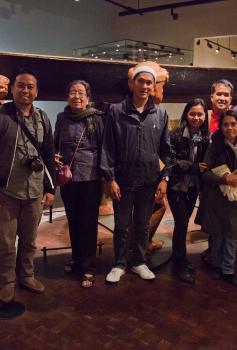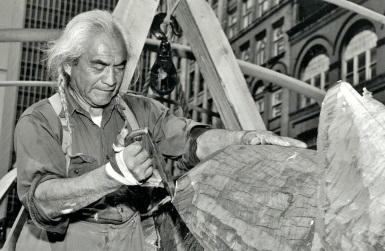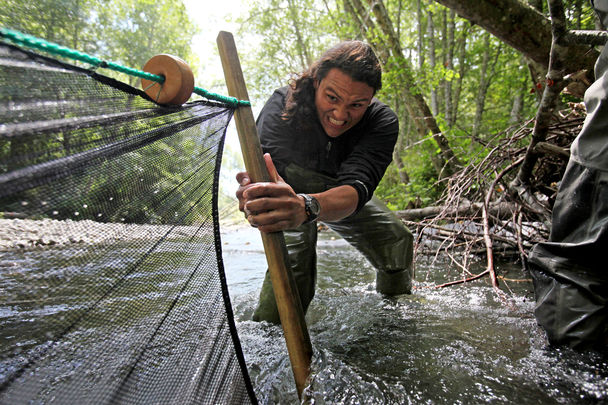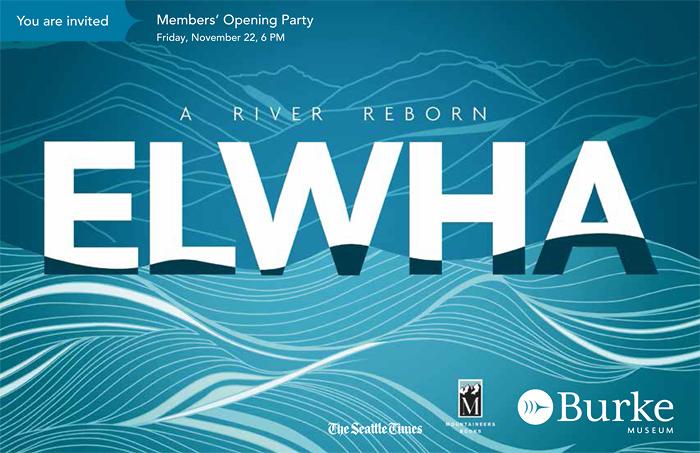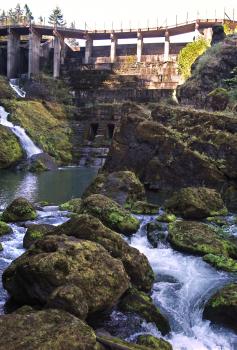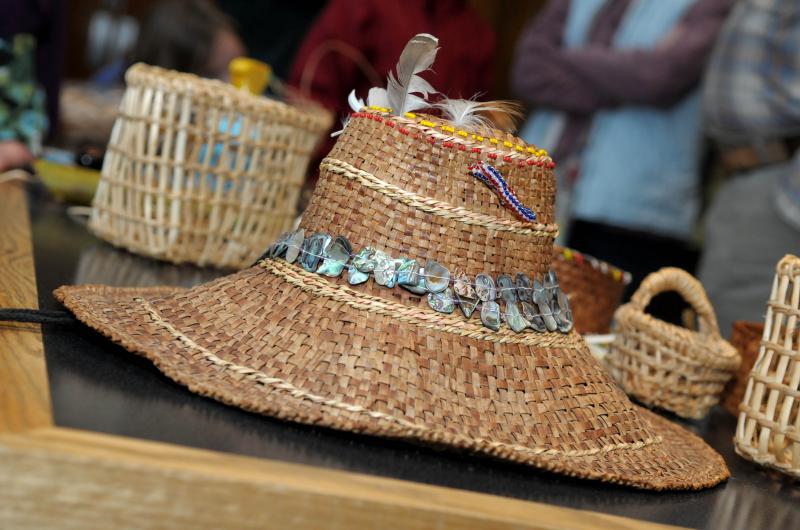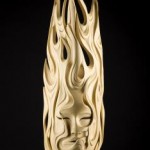In an emotional ceremony Monday at the Burke Museum in Seattle, the Lower Elwha Klallam Tribe prepared to transport 14 ancient artifacts to the tribe’s heritage center in Port Angeles.
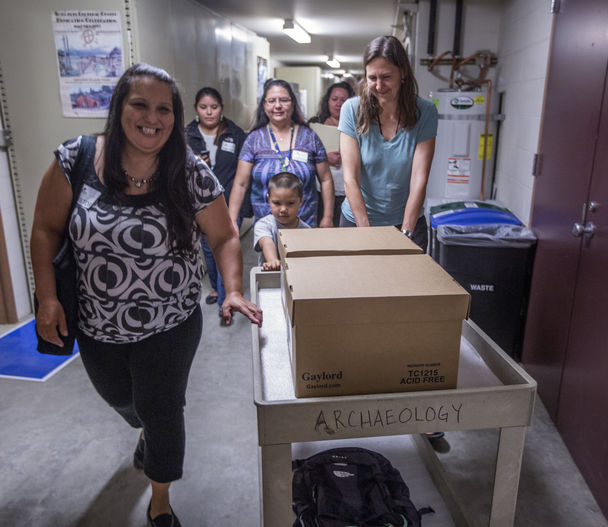
STEVE RINGMAN / THE SEATTLE TIMES
Seattle Times staff reporter
Originally published July 7, 2014 at 9:09 PM | Page modified July 8, 2014 at 4:51 PM
State construction contractors inadvertently dug up parts of the largest Indian village ever unearthed in the Northwest 10 years ago this August.
On Monday, members of the Lower Elwha Klallam Tribe realized a long-held dream, bringing some of the most spectacular belongings of their ancestors back to their home territory, for display in their own heritage center in Port Angeles.
Fourteen artifacts — just a fraction of more than 80,000 recovered from the site — were handed over to the tribe after a brief, but emotional private ceremony at the Burke Museum of Natural History and Culture in Seattle, where the rest of the collection is still held for safekeeping.
“This is a long time coming,” said tribal Chairwoman Frances Charles, who made the trip to the Burke with her 4-year-old grandson, along with leaders of the Elwha Drum Group and prayer warrior Jonathan Arakawa to commemorate the transfer.
In a basement room with no windows, tribal members first lined up facing east, with two simple cardboard bankers’ boxes on a table before them, holding their ancestors’ possessions, dug up from their waterfront village.
Arakawa called down a blessing on the gathering, and offered thanks and prayers for a historic day, finally come.
Then Mark Charles, dressed in red and black ceremonial regalia, took deep breaths and focused his concentration for long moments, preparing to sing. He at last raised his elk-skin, hand-painted drum and began beating the stately cadence of an ancient song.
Charles’ deep, powerful voice boomed in the small room, which filled with sound as other tribal members joined in, and raised their hands to receive the song.
The objects selected by the tribe are among the most spectacular in the collection: A bone comb, carved on two sides, and found at the site virtually intact. Two blanket pins, carved in the shape of a fawn’s head, and a halibut. Seven etched stones — from more than 900 collected at the site, more than from any other village in the Northwest. The stones depict stories and teachings, and no two are alike.
Also included in the collection is a net weight, and a spindle whorl carved from a single whale vertebrae that Mark Charles found during the work at the site. At the time, he said he was guided by intuition to the location.
The village site was discovered inadvertently during construction of a state Department of Transportation project, which was ultimately shut down and relocated, after the discovery of hundreds of human remains, including many intact burials.
With the end of the project, the money that was paying for the archaeological analysis of the site was shut off, too.
So while the site was one of the biggest and oldest ever uncovered in the Northwest, with portions dating back 2,700 years, most of the collection has never been analyzed, and still awaits interpretation.
The tribe has long wanted to bring the collection home, for curation at the site, which has since been covered over and secured behind a fence. Human remains disturbed during the construction project were reburied as close to their original sites as possible.
The tribe has since built a heritage center in downtown Port Angeles, and will display the artifacts there. The exhibit, which will be on permanent exhibition at the heritage center, opens Saturday with a public ceremony.
“This is something we have talked about time and time again, it’s hard to imagine it is finally happening,” Frances Charles said. “These are priceless to us, in many ways. It’s closure for us, and all the people who were involved with this. It closes the circle.”
The fish hooks, net weights and shell midden discovered at the site document the food sources that used to sustain the village — and which are hoped to boom back, with the removal, beginning in September 2011, of two dams on the Elwha River.
The hydropower dams, built without fish passage beginning in 1910, greatly diminished the river’s salmon runs, and starved the beaches at the river’s mouth for the sediment that used to be home to rich clam beds.
The recovery of the artifacts and the dam-removal project — the largest anywhere in the world — are part of the cultural renewal under way for the tribe.
In the past several years the tribe has built a language program to revive the Klallam language and teach it in the public schools. The tribe has published a tribal language and cultural curriculum, and its first dictionary.
And as the floodwaters behind the Elwha dam receded, the tribe recovered its sacred creation site, hidden underwater for a century.
A celebration of the completion of dam removal is scheduled for mid-September.
Meanwhile, Charles said she hopes the trickle of artifacts coming back to the tribe will eventually become a flood, as the tribe builds a curation facility at its village site to house the entire collection.
“This is just the beginning,” she said.
To make it happen, the tribe needs not only money, but to recover ownership of its artifacts through negotiations with the state. Charles said those conversations are beginning with Gov. Jay Inslee.
As the tribe’s song filled the building, Julie Stein, director of the Burke, came to the door. She watched, clearly pleased, as the boxes were carted to the loading dock, and carried by tribal members into a waiting van for the drive back to Lower Elwha.
“It always feels wonderful,” Stein said, “when artifacts go to the communities that love and use them, to teach people, and bring the ceremonies back to life.”
Lynda V. Mapes: 206-464-2736 or lmapes@seattletimes.com


